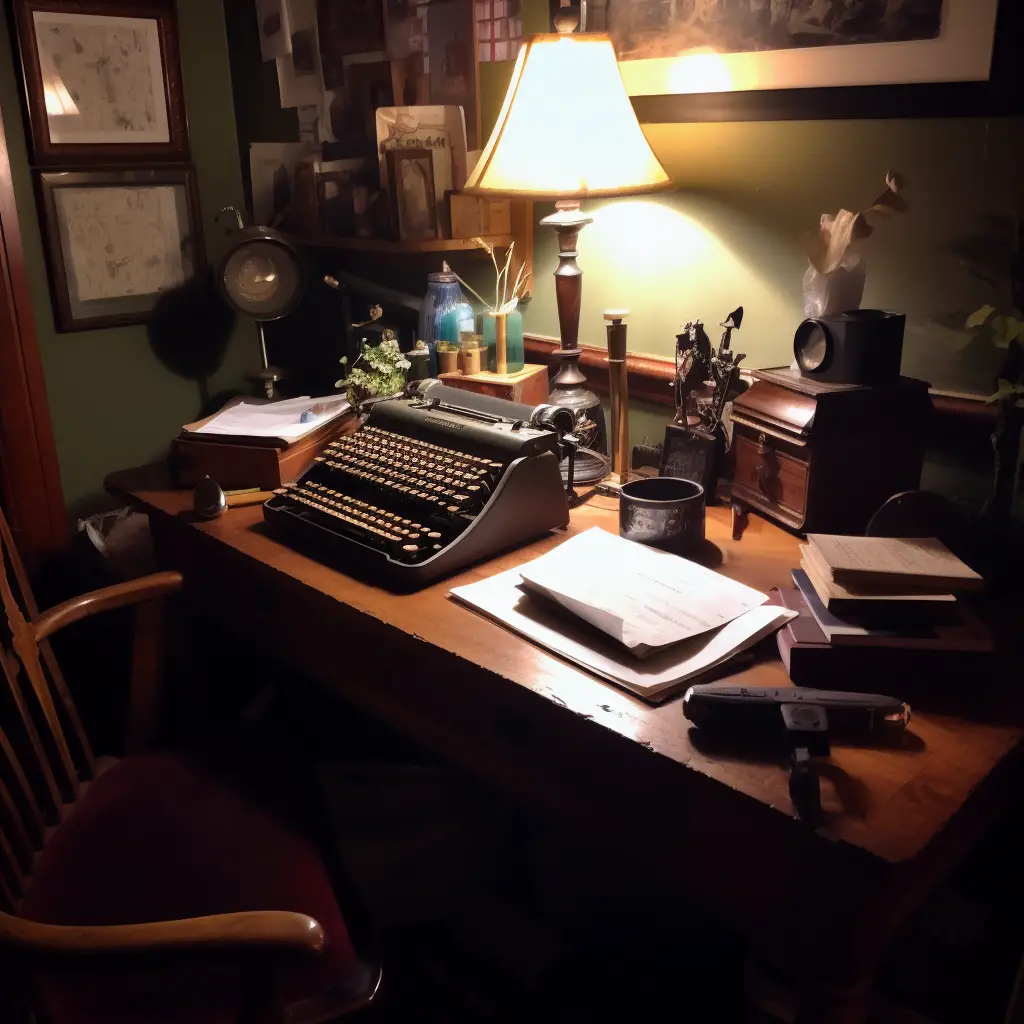
An apostrophe in writing is when you want to talk to a non–existent entity in a poem, like death, love, the moon, etc. We often use apostrophes to create a more conversational style. Just remember: you can‘t really talk to death, so don‘t get your hopes up! It’s almost exclusively used in writing poetry.
A few famous examples are John Donne‘s “Death, be not proud“ and William Wordsworth‘s “Ode to the West Wind.”
Unraveling Apostrophe: A Chat with Imaginary Friends
Apostrophe is like having a heart-to-heart with an imaginary friend. It’s a figure of speech where the writer addresses someone or something that isn’t actually there. This clever trick adds a sense of drama and emotion to the writing, making it more relatable and engaging.
How Apostrophe Breathes Life into Writing
By addressing an abstract concept or inanimate object as if it were a living, breathing entity, writers can give their words a sense of depth and personality. This helps to create a more immersive experience for the reader, drawing them into the imaginary world of the poem.
The Secret Language of Apostrophe: Decoding the Message
Apostrophe may seem like a mysterious secret code, but it’s actually a straightforward way to convey complex ideas and emotions. By personifying abstract concepts, writers can explore their thoughts and feelings in a more accessible and relatable way.
The Power of Apostrophe in Poetry
Apostrophe is particularly well-suited to poetry because it allows writers to create a strong emotional connection with the reader. This can help to bring a poem to life, transforming it from a simple collection of words into a vivid and memorable experience.
Summoning Apostrophe: A Guide for Aspiring Poets
Ready to try out apostrophe in your own writing? Here’s a step-by-step guide to help unleash your inner poet:
- Choose a subject: Pick an abstract concept, inanimate object, or even a historical figure to address in your poem.
- Craft a conversation: Imagine what you would say to your chosen subject if it were a real person. Remember, apostrophe is all about engaging in a dialogue with something that isn’t actually there.
- Inject emotion: Tap into your feelings about the subject and let them shine through in your writing. Apostrophe is a powerful way to convey complex emotions and ideas.
- Polish your poem: Review your work and ensure that your apostrophe adds depth and interest to your writing.
A Treasure Trove of Examples: Apostrophe in Classic Poetry
Feast your eyes on these enchanting examples of apostrophe in famous poems:
- John Donne’s “Death, be not proud”: In this classic poem, Donne addresses Death as a person, challenging its power and asserting that it’s not as fearsome as people believe.
- William Wordsworth’s “Ode to the West Wind”: Wordsworth speaks to the West Wind as if it were a living entity, praising its power and asking it to spread his words and ideas throughout the world.
- Percy Bysshe Shelley’s “Ode to the West Wind”: Not to be confused with Wordsworth’s poem, Shelley also addresses the West Wind, but in a different manner. He asks the wind to help him spread his message of change and revolution.
By incorporating apostrophe into your own writing, you can join the ranks of these literary greats and create memorable, emotionally resonant poems. So why not give it a try and see where your imagination takes you?





